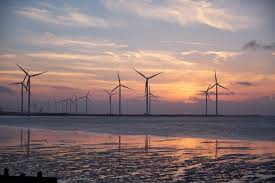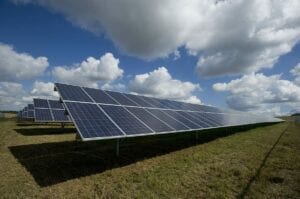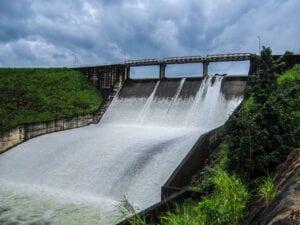The renewable energy sector has grown at a rapid rate over the past decade; even proving resilient in the face of the Covid-19 pandemic. With the increased use of renewables in electricity production leading to an expected increase in demand, there is an increased demand for wire and cable manufacturers and distributors to serve the needs of the renewable energy markets.
Below is an overview of the wires used in different renewables energy projects and what goes into deciding which wires to use.

Factors to take into account when deciding the appropriate wire to use in wind farms are:
Torsion capability means the ability of the wire to withstand flexible applications. This is important for the moving parts of the turbine. As for the location of the farm, the wire used for offshore applications needs to be resistant to saltwater.
Other properties to consider include: oil, abrasion, UV and ozone resistance, the ability of cables to withstand extremely high or low temperatures of -40°C to 90°C, anda growing demand of LSZH (Low Smoke halogen-free) material for the insulation and sheath in case of fire.
Type of conductors
There are two types of conductors to consider: copper and aluminum. Copper is used for its flexibility which is important in wind turbines as the wire must be able to withstand the vibrations in extreme weather conditions. However, aluminum is considered a cheaper and reliable substitute. Given that its lighter than copper, aluminum can be installed at a considerable height within the wind turbine, which is a huge advantage.
Some examples of wires used include:
1. Tower Cables (where electricity is created)
2. Collection System cables (offer monitoring and operational networks for wind farms)
3. Substation and Transmission Cables (deliver power from the substation to the power grid)
4. Copper Clad Steel Wire (well-suited for offshore wind farms)

The types of wiring used in solar farms differ on two different aspects: conductor and insulation. There are only two types of conductors used i.e. aluminum and copper, but several wires to take into account.
Type of Conductors
While Aluminum is less expensive compared to copper, it has a higher maintenance cost as it weakens with time. Copper, on the other hand, has a higher conductivity than aluminum hence able to carry more current than aluminum of comparable size.
Insulation Covering Wire
The insulation covering wire is an important consideration as it takes into account the environment of the solar farms. The wire not only needs to withstand the harsh conditions of the farms but also needs to be heat, moisture, and UV resistant. These wires also need to pass physical testing outlined in the UL. The common types of wires used for solar PV installations are:
To learn more, check out this comprehensive guide on the types of wire used in solar farms.

Just like wind and solar farms wiring, wiring in hydroelectricity-producing dams has specific properties. These include but are not limited to: the ability of the wires to withstand harsh environments hence it needs to be more durable and treatment with a coating to prevent oxidation (hence tinned copper could be a better option in place of bare copper wire as it is better equipped to resist humidity).
The wires should also be low smoke and halogen-free, fire-resistant, and flame retardant.
Wire used includes: